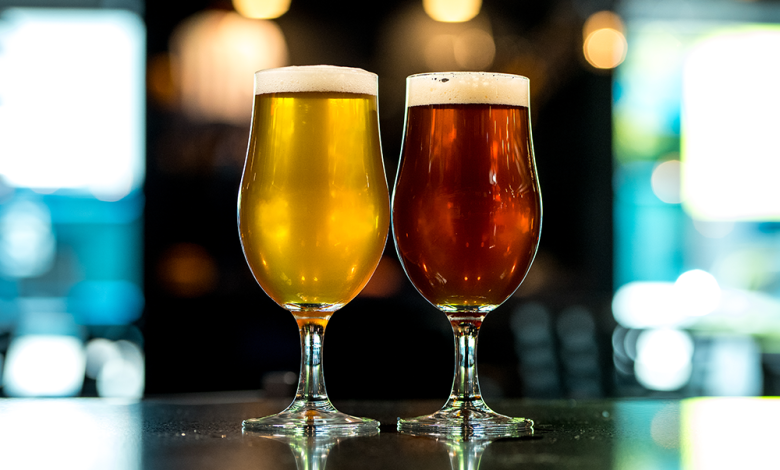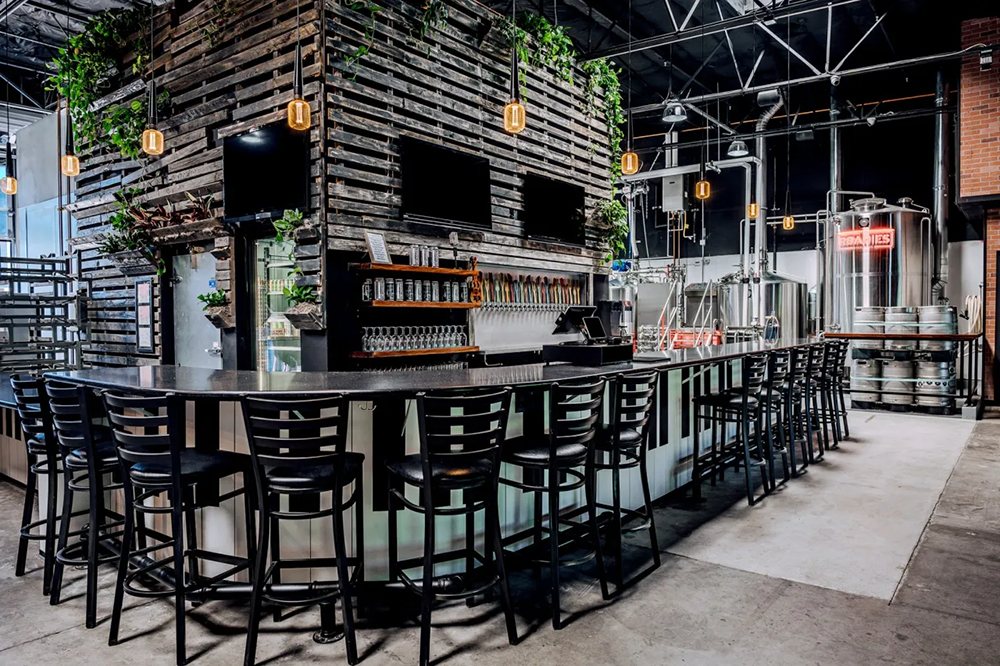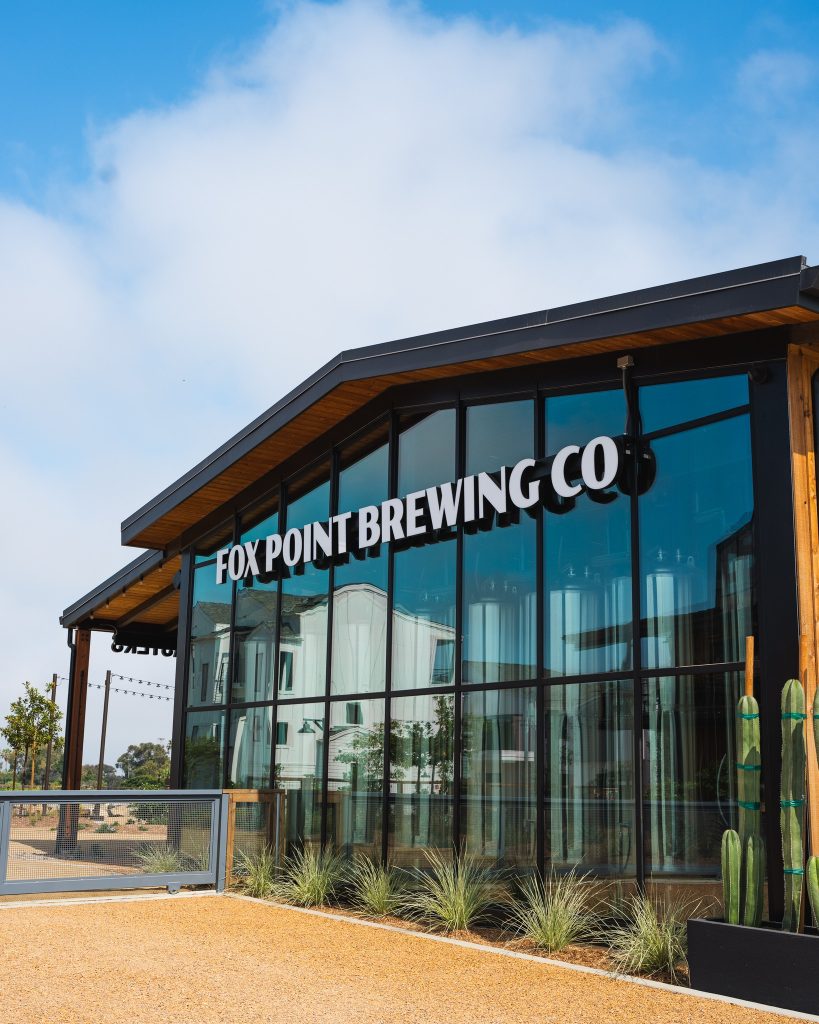
Over the past decade, the modern-day brewery landscape in America has come to resemble that of ancient Europe.
Centuries ago, the beers in most Old World towns and hamlets came from a singular local source, to the extent that numerous styles remain synonymous with their regions of origin to this day. For the individuals brewing those beers (mostly women, it should be noted), it was their profession versus an entrepreneurial venture built with aspirations to grow and generate wealth. The end goal was to provide sustenance for one’s community, and to a large extent, similarly simple ambitions are driving many modern-day brewers.
The majority of beer-industry entrepreneurs aren’t focused on building something big, opening multiple locations or achieving nationwide distribution as was so prevalent among brewing companies prior to the pandemic. Rather, today’s brewery owners resemble many from the earlier days of the U.S. craft-beer movement. They are homebrewing enthusiasts who want to make a living doing what they love on a small scale in the neighborhoods they call home. There is no plan for world domination. Owning their own brewery is the dream, and that localized passion has proven appealing to today’s consumers.
“There’s something special about going to a small local brewery. You get a sense of community that is hard to duplicate on a larger scale,” says Tessa Christian.
She and her husband, Scott, who homebrewed for 15 years before ascending to the pro ranks, opened Sunny Grove Brewing in Santee in June. Originally, the couple had planned to site their business in Spring Valley or Lemon Grove, neighborhoods that had only ever housed one brewery between them. It was important to the Christians to bring homespun beer to an underserved community, and after being diverted by several roadblocks, they found that in the western Santee industrial suite vacated when 8-year-old Pacific Islander Beer Co. closed last fall.
Now that they have their brewery, the couple’s straightforward goals are to provide good beer in an enjoyable environment and support their neighbors. So far, the Christians have sponsored a local cheer squad and hosted a fundraiser for a Little League all-star team. They will remain on the lookout for more opportunities to give back but say being present and engaged at their tasting room on an everyday basis is what has really helped them connect with the community.
“More often than not, if you come to our brewery, you’re going to see one of us, whether it’s serving your beer, clearing your glass, or working in the back of the house … and we’re always happy to talk,” Christian says. “We think that matters and makes a difference in the customer experience, and we think our customers do, too.”
Such access has proven important to beverage enthusiasts dating back to wineries’ advent and proliferation of the tasting-room model. The opportunity to converse with owners or winemakers attracted many to locales such as Napa and Sonoma, creating full-fledged tourist destinations. Conversely, as those regions’ wineries flourished and grew, virtually eliminating the likelihood of encountering such key personnel, enthusiasts began traveling to lesser developed wine regions such as Paso Robles in search of more meaningful interactions.
The same has proven true of a significant percentage of San Diego beer fans, who can find exceptional ales and lagers countywide but also value the personal touch and individualism smaller breweries can provide that larger businesses can’t. This is true in any community, even Vista, which has more brewery venues per capita — 25 — than any city in the U.S.

“I think consumers like going to their local brewery and building a relationship. They like being a regular and getting greeted with a smile, knowing someone will remember what beer they want to drink or recommend something new that suits them,” says Diane Hilz, co-owner of Vista’s newest beer company, The Roadies Brewing. “Local breweries foster a sense of community and personal connection that larger companies can often lack. Our intimate setting and personalized service are designed to create a welcoming atmosphere where customers feel valued.”
Hilz and her husband, Sean, a homebrewer of 15 years, took over a business suite in south Vista that previously housed numerous beverage companies, including Toolbox Brewing from 2014 to 2017, hiring that company’s former head brewer to oversee production in familiar territory. Feeling confident in their ability to provide patrons with quality beer, they turned their attention to the substantial challenge of standing out in a municipality awash in suds. For them, that meant embracing a unique theme celebrating the concert roadie subculture and leaning heavily into live entertainment.
Opened last month, The Roadies’ tasting room boasts a wall of mounted musical instruments, light fixtures fashioned from microphones and cymbals, a piano-key bar facade, and a large plug-and-play stage with a professional-grade sound system and lighting. The latter will get a lot of use hosting numerous music acts each week, with a focus on Vista-based artists.
We aspire to be more than just a brewery. We want to be a cornerstone of our local community. This involves engaging with local artists, supporting community events, and fostering relationships with our customers. Small breweries often embrace local traditions and collaborate with other local businesses, which resonates with consumers who take pride in their local community and want to support businesses that contribute to its uniqueness.”
Diane Hilz, Co-owner, The Roadies Brewing
Also important to craft-beer consumers, more so than ever, is variety and the next new thing, items that small breweries are far better equipped to provide on a regular basis than their larger contemporaries. Producing beer in smaller batches — one to 10 barrels at a time versus as many as 300 barrels per brew — allows breweries to sell through their product faster, while easily tweaking and fine-tuning recipes, experimenting with new beers, and staying in line with oft-shifting consumer demand.
“Smaller breweries can adapt more quickly to changing trends and customer preferences,” Hilz says. “This agility allows us to experiment with new recipes, incorporate feedback and make adjustments on the fly, which is often more challenging for larger operations bogged down by extensive processes and hierarchies.”

Veteran brewer Brian Carl, who has worked for brewpubs across the country as well as local companies, including Ketch Brewing, Ocean Beach Brewery, and Benchmark Brewing, agrees. When tasked with constructing a brewery for Nolen Communities’ Fox Point Farms development east of Interstate 5 at Leucadia Boulevard in Encinitas, designing something manageable that supported constant experimentation was key.
“Having worked in breweries built for distribution, I wanted to shift towards something more intimate and community-focused,” says Carl. “San Diego has seen many breweries rapidly scale up, often losing that personal homegrown touch in the process. The term ‘craft’ has been overused and we wanted to bring it back to its roots, focusing on serving those around us and bringing people together.”
Enter Fox Point Brewing, a single-employee operation that exclusively sells every drop of its beers via taps at its namesake development’s restaurant, Haven, and combination bar and grocery, Harvest Market. The first brewhouse to grace Encinitas in 30 years and the county’s first-ever “farm-to-tap brewery,” many of Fox Point’s beers incorporate produce grown on three acres of farmland abutting the brewhouse, driving home the mission of circularity and sustainability at the core of this “agrihood.”
“I’m not just brewing to meet a demand; I’m exploring what’s possible with the ingredients we have right here on-site,” says Carl. “I can experiment, take risks, and quickly adapt to the seasonality or freshness of ingredients. I can also listen to the community. Taking feedback and deepening that sense of loyalty is hard to achieve with a larger operation.”
A version of this article originally appeared in the Business section of the Sunday, September 1, 2024 edition of The San Diego Union-Tribune

